Day 2: Stargazing in the Andes Mountains
Up high among wild burros and llamas, a Smithsonian astronomer observes and studies the millions of stars in the sky
/https://tf-cmsv2-smithsonianmag-media.s3.amazonaws.com/filer/secretary-clough-dispatch-2-631.jpg)
Day Two, May 25. Santiago, Chile. Weather—Cool, foggy, with a touch of ozone in the air from the Monday morning traffic. Traffic is actually light since this is a holiday in Chile, but not Memorial Day as it is back in the United States.
Up early to get the blood flowing with a workout before we leave the hotel for our trip to Las Campanas Observatory, the workplace of Smithsonian Astrophysical Observatory astronomer Andrea Dupree. Our full group assembles in the lobby: Dick Merserve, president of the Carnegie Institution and three of his staff, three participants from the University of Chicago (a prospective partner in the Giant Magellan Telescope project) and three of us—my wife Anne, Andrea and me.
We bus to the airport for a flight to La Serena, the city that serves as the supply base for Las Campanas. While waiting to board, Anne checks about her bag and the news is not good. Although reportedly found in time for transit to Santiago, it has apparently gone missing again. We board our flight and the plane heads north hugging the coast. Along the way, the weather clears and below we see waves crashing against the rugged coastline. As we proceed, the mountains darken to brown to reflect the steadily diminishing rainfall in the region. Not far north of La Serena the high deserts are among the driest in the world.
Upon landing at the small airport of La Serena, we wait for our luggage as the belt rotates around the carousel. Lo, a miracle occurs! Anne's bag goes by and it takes us a few seconds to react because we are so stunned to see it. In its own inscrutable way American Airlines has restored our faith in mankind!
We depart town on a bus heading north on the legendary Pan-American Highway. Before long, the road begins to climb, trees disappear and rocks outnumber what is left of the vegetation. The highway heads upward, wrapping itself around the shoulders and dipping into the valleys of the mountains. People live in these parts, but conditions are hard and the settlements are sparse. Mining and quarrying has been part of life here for many years, but most of these operations are lost to time with only tailing piles and random excavations to show for the work. We climb to high plateaus where valleys are filled with the detritus of dry river beds that flood from time to time and wash large boulders down from the mountains. Multi-fingered cactus plants become a dominant species on the hillsides.
Finally, we turn off the main highway to head up a road that will take us directly to Las Campanas. This road actually serves two observatory sites, Las Campanas and that of a European collaboration. From the turnoff, both can be seen on the tops of nearby peaks. At the final run-up to Las Campanas our driver shifts into low gear as the road steepens, narrows and swings around a series of switchbacks that have been cut into the hillside. There is only what seems to me a rather low protective barrier given the precipitous drop into the deep valleys below. Fortunately, our driver is familiar with the road, since he drives employees back and forth from Las Campanas to La Serena on a daily basis. On the way up to the Observatory, we see groups of wild burros and llamas. How these animals manage to survive is a question that I would love to know the answer to, since there is nothing to graze on but low, wiry, scrub bushes and cactus, and water is in short supply.
The trip up the mountain also shows off the geology of the region. The road cuts have exposed rock formations and the dry conditions show clear bed delineations out in the valleys. Chile is famous for being adjacent to one of the largest subduction zones (where one of the earth's crustal plates is overridden by another) in the world, and is seismically active and home to many volcanoes. Chile is near the circle of volcanic activity around the Pacific Ocean known as the Ring of Fire. Geology is my thing and I would love to have the bus stop to allow a bit of study. But that is for another day; today we are gazing at the stars not looking to the earth.
We arrive at the top and are treated to views of the different telescopes that make up the observatory and the repeating series of mountain peaks that flow into the horizon. Our accommodations include a common eating facility and very pleasant rooms in buildings made of the local stone. A visit to one the telescopes is in order and this takes us to the 3.5-meter DuPont telescope. Built some years ago, it is still much in demand by astronomers and is booked for the season. Preparations are underway for the evening's observations and each great telescope has opened its dome to begin the work of astronomy.
Dinner is at 6:30, a hearty repast for big appetites. After coffee, we are to hear a lecture on dark energy by two of the astronomers of our group, Wendy Freedman of the Carnegie Institute and Rocky Kolb of the University of Chicago. Wendy is an observer and Rocky is a theoretician, so they have related but different views on the topic.
As if on cue, the stage is set by nature. We leave our rooms to walk to the library and are stunned to walk into the darkness that catches us by surprise. Fortunately, our hosts have provided us with small infrared devices to illuminate the path (white light is discouraged is it does not allow the viewer to see the stars). The darkness is enhanced by a moon that is only a sliver. Up in the night sky, stars and galaxies blaze with an intensity I have never experienced. Here, high on top of this mountain and without haze from a city, millions of stars evince themselves. Walking with us, Wendy calls our attention to the galaxies that can be seen, with their graceful swirling arms trailing a bright core. About all you can say at a time like this is "wow," which seems unworthy of such a spectacle.
We arrive at the library and hear a stimulating lecture on dueling cosmological theories and the influence of dark energy. I'm not sure I'm ready to take a test on the subject, but the talk was enjoyable and informative. We leave the library for a bracing walk back to our room (the wind is up and the temperature has dropped). Along the way Andrea helps me understand more about the Smithsonian's role in astronomy. Thus, a most interesting and worthwhile day comes to a close.
Planning Your Next Trip?
Explore great travel deals
Smithsonian magazine participates in affiliate link advertising programs. If you purchase an item through these links, we receive a commission.
/https://tf-cmsv2-smithsonianmag-media.s3.amazonaws.com/accounts/headshot/wayne-clough-240.png)
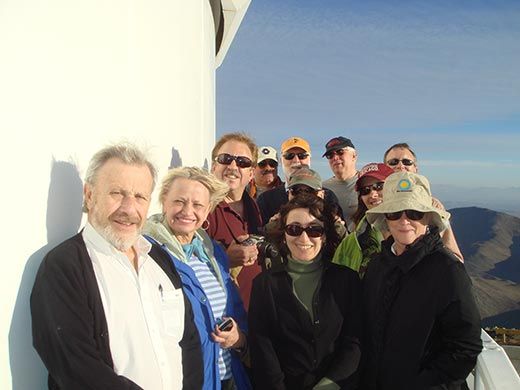
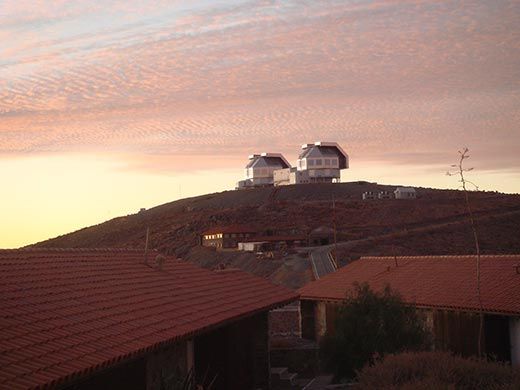
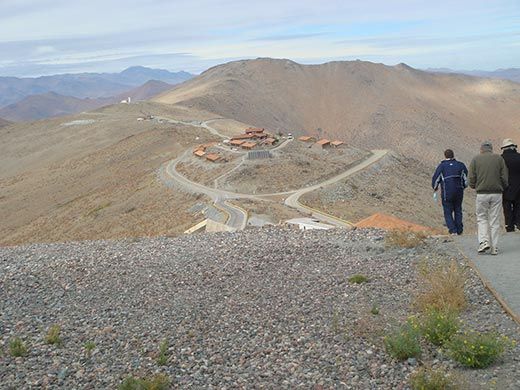
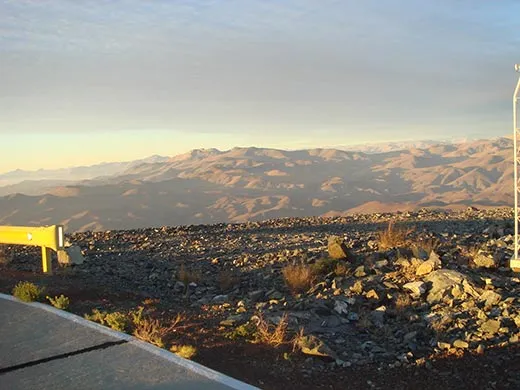
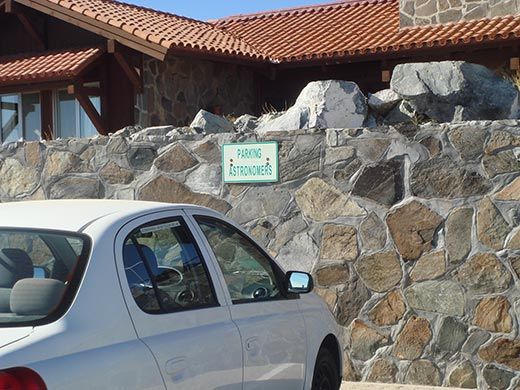
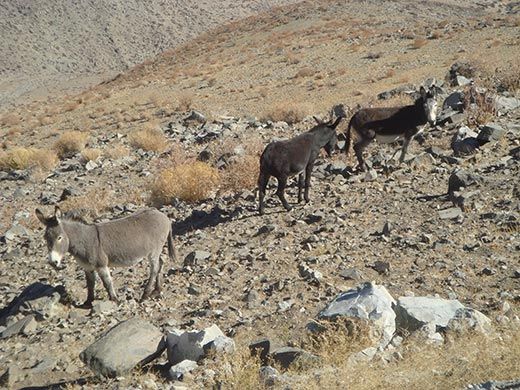

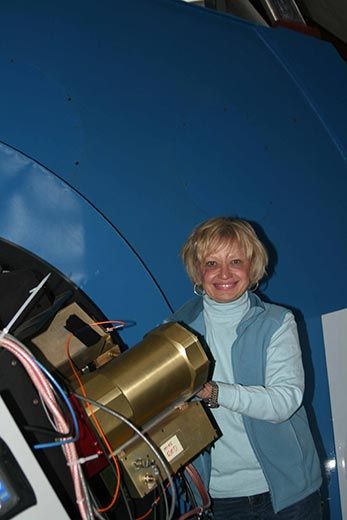

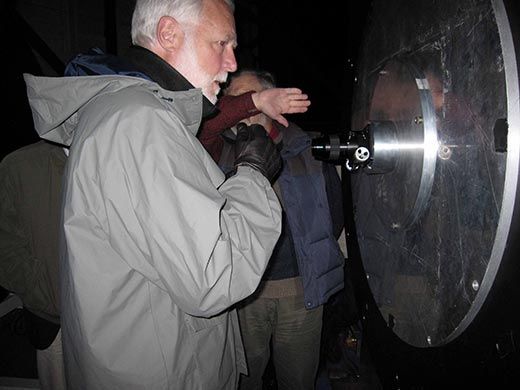
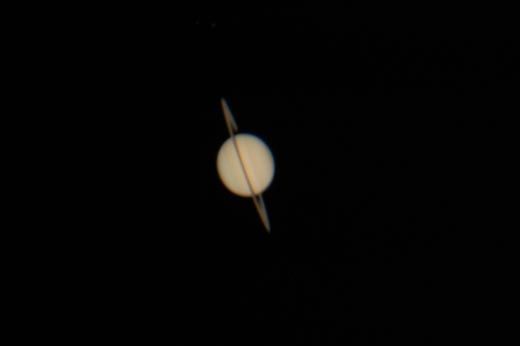
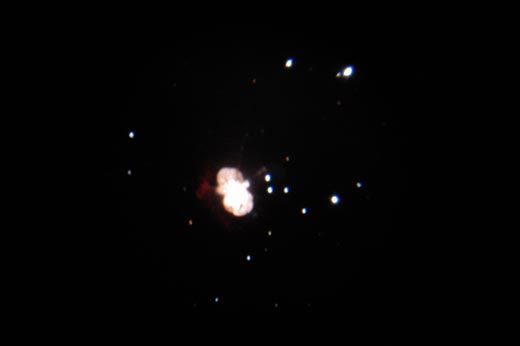
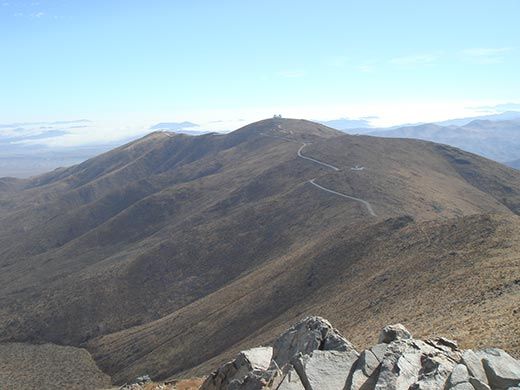
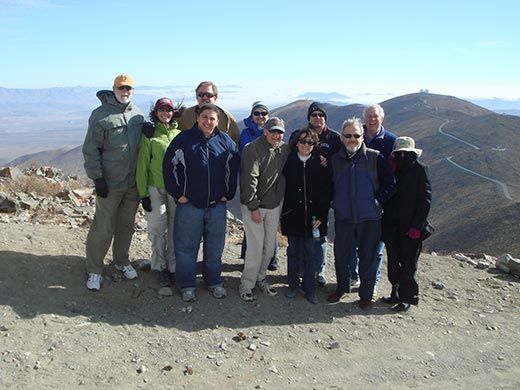
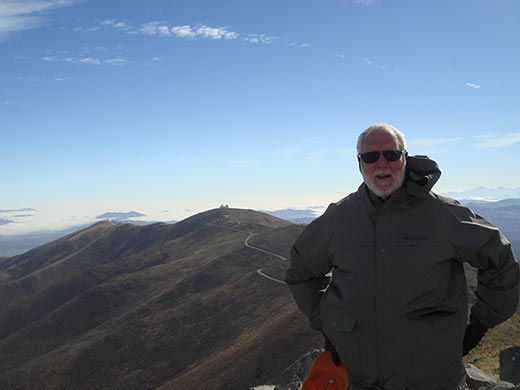
/https://tf-cmsv2-smithsonianmag-media.s3.amazonaws.com/accounts/headshot/wayne-clough-240.png)